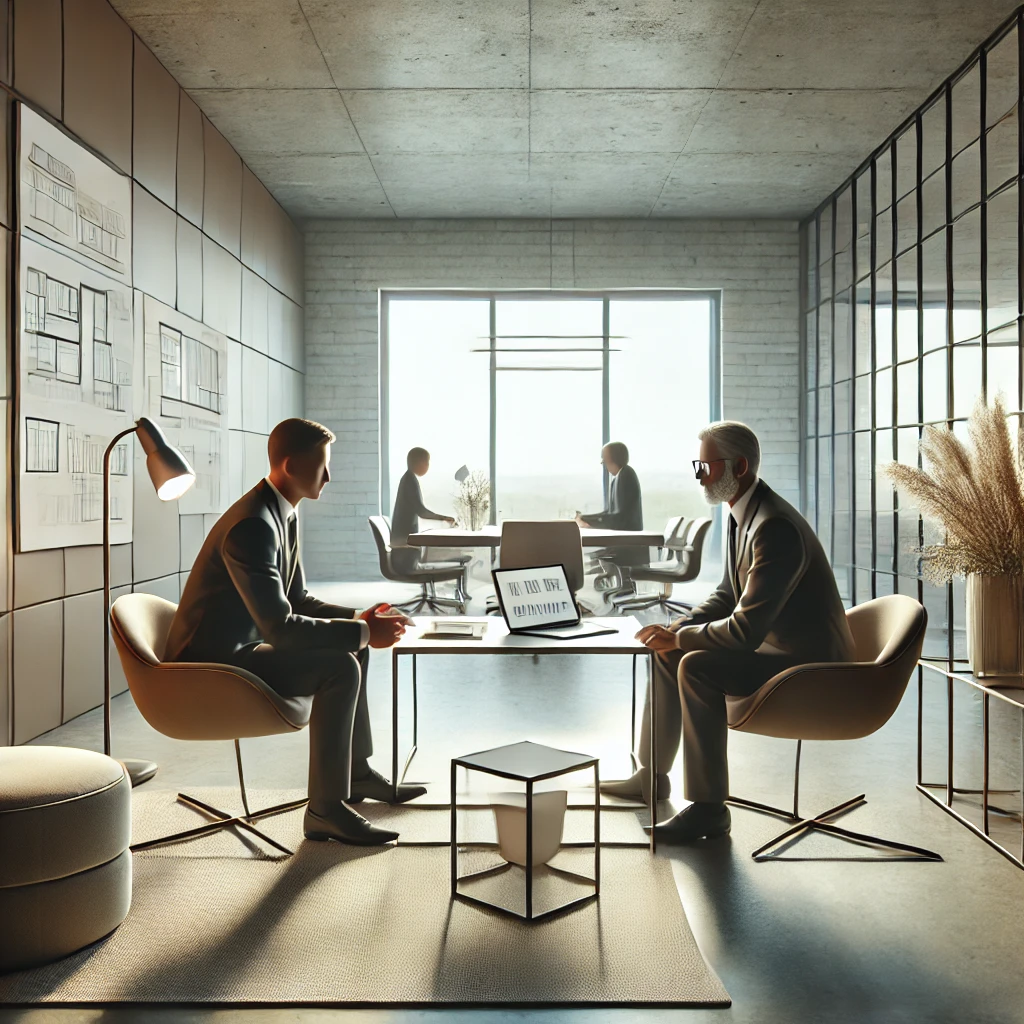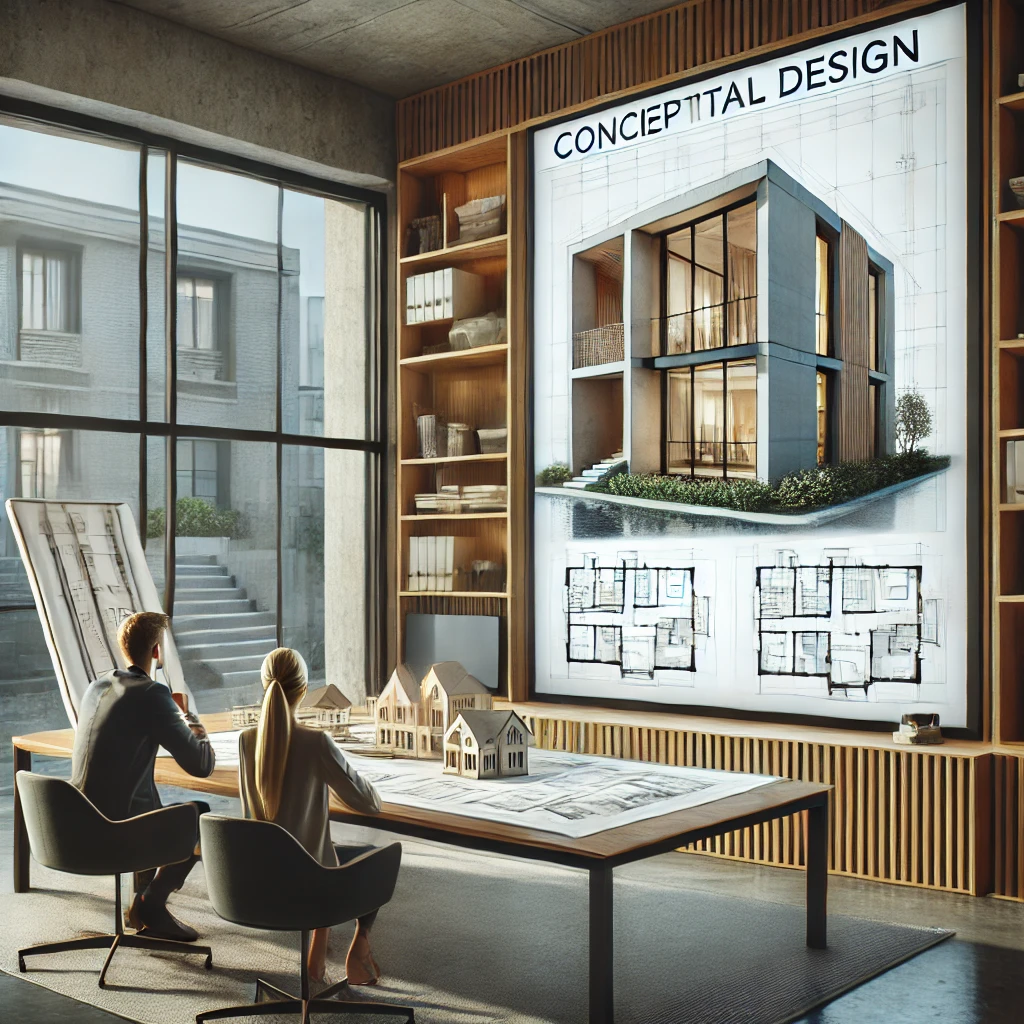Introduction:
Designing a commercial space is more than just arranging furniture and choosing colors. It’s about creating an environment that speaks to your brand’s identity, maximizes functionality, and offers an unforgettable customer experience. In this post, we’ll dive into the 5 key factors that contribute to a thriving commercial design, ensuring your business not only stands out but also operates efficiently.
1. Brand Identity Integration
- The first step in designing any commercial space is to understand and integrate your brand’s identity into the environment. Every element, from the layout to the choice of materials, should reflect your brand’s values and message. A well-designed space can help solidify your brand in the minds of your customers, leading to increased brand loyalty and recognition. To learn more about the importance of brand identity in architecture, check out this site analysis guide.
2. Functional Efficiency
- Functionality is at the core of any successful commercial design. Your space should be laid out to facilitate smooth operations, ensuring that both employees and customers can move through the space effortlessly. Effective space planning can also enhance productivity, making sure that every square foot is used optimally. This is especially crucial in high-traffic areas like retail stores or restaurants, where the layout can directly impact sales. Explore more about functionality in commercial spaces on Patriquin Architects.
3. Customer Experience Focus
- In today’s competitive market, the customer experience is everything. Your commercial space should be designed to create a seamless and enjoyable experience for your customers from the moment they walk in. This includes thoughtful signage, intuitive navigation, and a welcoming atmosphere. For instance, in Cagayan de Oro, thoughtful architectural design plays a significant role in enhancing customer experiences, as seen in our detailed Cagayan de Oro architecture exploration.
4. Sustainability in Design
- Incorporating sustainable practices into your commercial design is not only good for the environment but can also reduce long-term operating costs and appeal to eco-conscious customers. From using energy-efficient systems to selecting sustainable materials, every choice can contribute to a greener future. Find out more about how sustainability is becoming a key focus in commercial architecture here.
5. Creating a Memorable Atmosphere
- The atmosphere of your commercial space should align with your brand and leave a lasting impression on your customers. Whether through lighting, color schemes, or textures, the ambiance you create can influence customer behavior and ultimately, your bottom line. A well-crafted atmosphere can turn a one-time visitor into a repeat customer. For more insights into creating impactful atmospheres, check out this Wikipedia article on conceptual design.
Conclusion:
Successful commercial design is a blend of art and science. By focusing on these 5 key factors—brand identity, functionality, customer experience, sustainability, and atmosphere—you can create a space that not only looks great but also drives business success. Whether you’re starting a new venture or revamping an existing space, these principles will guide you toward a design that meets your needs and exceeds expectations.
Call to Action:
Ready to transform your commercial space? Contact JMG Construction & General Merchandise for expert design services that bring your vision to life.






